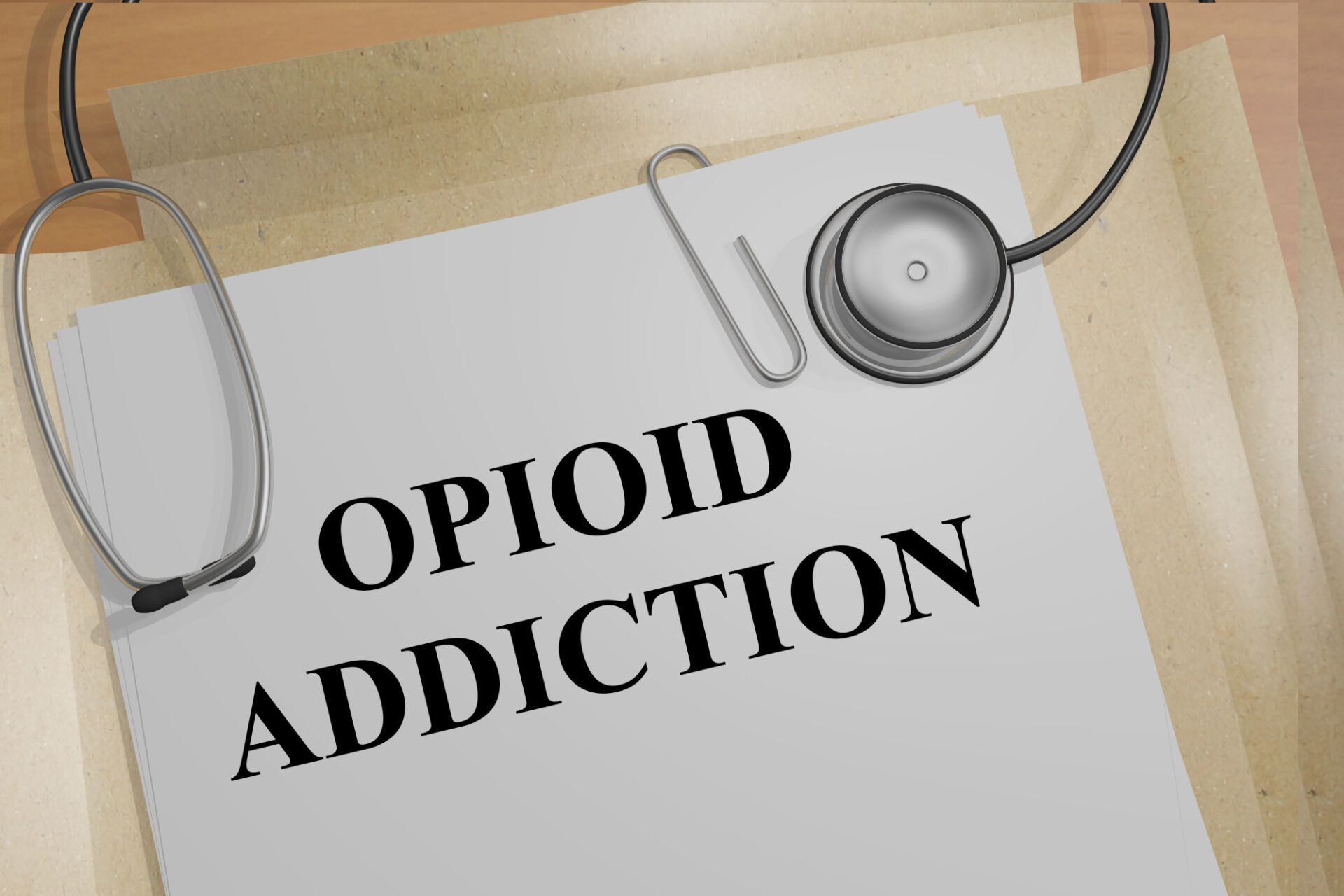
Did you know that approximately 3 million people in the US and 16 million people worldwide either have or have had opioid use disorder (OUD)? Symptoms of OUD include a strong desire to use opioids like heroin which interferes with work and family obligations.
People with OUD also desire to reduce their use but struggle to find a way. If you’re struggling with OUD, it’s time to learn more about online Suboxone opioid addiction treatment.
Suboxone can help you stop using opioids and regain control of your life. In this Suboxone guide, you’ll learn everything you need to know about how Suboxone works to treat addiction.
What Is Suboxone?
Suboxone is a medication that’s used to treat opioid dependence. Suboxone reduces withdrawal symptoms for people who stop using opioids. It also blocks the effects that opioids have on your body.
Suboxone typically comes in two forms. First, the sublingual film allows you to dissolve it in your cheek or under your tongue. The next is the tablet form, which you take as you would a regular medication.
Suboxone is also FDA-approved and an effective treatment for anyone addicted to opioids. It’s one of the main medications used in medication-assisted treatment (MAT) and helps people maintain long-term sobriety.
Suboxone is effective in preventing cravings for drugs like:
- Morphine
- Fentanyl
- Heroin
- Oxycodone
How Does Suboxone Work?
Suboxone is a combination of naloxone and buprenorphine, two medications commonly used in MAT programs.
Suboxone is from a family of medications known as opioid antagonists, opposite to opioid agonists like oxycodone and heroin. When you use an opioid agonist like heroin, it activates pain-blocking receptors in your brain. This alters your perception of pain and releases endorphins that make you feel pleasure.
However, when you use an opioid antagonist such as Suboxone, it stops those receptors from being activated. Ultimately this cancels out the effect of any opioids.
Buprenorphine reduces the cravings and withdrawal symptoms. On the other hand, naloxone blocks the effects of opioid drugs. This combination helps people feel relief from withdrawal symptoms. It also provides a layer of protection since it blocks the effects of opioids.
The naloxone and buprenorphine in Suboxone work together to support your recovery by:
- Preventing or decreasing overdoses
- Reducing your cravings for opioids
- Helping to regulate your brain chemistry
- Silencing your pain-blocking receptors
- Blocking the pleasure effects of opioids
Is Suboxone Habit-Forming?
Suboxone has been the preferred medication for addiction treatment specialists since the early 2000s. This is because Suboxone was specifically made to fight against opioid addiction.
Therefore, Suboxone has a much lower risk of dependency than other medications used to treat addiction, such as methadone.
Does Suboxone Have Severe Side Effects?
Suboxone typically has few side effects. Most people that experience side effects while taking Suboxone typically only experience mild effects such as:
- Headaches
- Trouble sleeping
- Some opioid withdrawal symptoms like body aches
- Anxiety
- Constipation
- Sweating
- Depression
- Back pain
Usually, these side effects resolve in a few days to two weeks. If you are experiencing ongoing side effects while taking Suboxone, you’ll need to make an appointment to speak to your doctor.
Suboxone and Medication-Assisted Treatment Programs
It’s essential to keep in mind that Suboxone only makes up one part of your recovery. If you’re looking for a Suboxone prescription, you’ll need to find a reputable MAT program that can provide you with addiction counseling and regular doctor visits.
MAT programs aim to reduce drug use and help you manage withdrawal symptoms and cravings. In addition, these programs help you to make the necessary lifestyle changes to have a productive life.
There are different types of MAT programs you can enroll in, but they all use FDA-approved medications like Suboxone to ease withdrawal symptoms.
One of the best ways to do this is to find an online medication-assisted treatment program. Online treatment is very effective and has high success rates. You’ll easily be able to speak to a doctor or a counselor in the comfort of your home.
You also won’t have to worry about transportation or the time spent visiting a clinic in person. Overall, online visits are more accessible and affordable than in-person visits to a traditional clinic.
Finally, online programs ensure the medication is delivered directly to your home.
Suboxone Treatment Phases
If you’re considering entering a MAT program, it’s best to get an overview of the different phases of treatment so you know what to expect.
Phase One
The first phase of treatment involves meeting with a doctor. Your MAT doctor will review your medical history and do an assessment.
With this information, they’ll devise a treatment plan to help you through the initial withdrawal process. After prescribing Suboxone, you’ll be closely monitored via weekly check-in appointments.
Your doctor will adjust the Suboxone doses to keep you comfortable. You might also take other medications to help manage symptoms like anxiety or trouble sleeping.
You’ll also begin counseling sessions, usually involving cognitive behavioral therapy (CBT). CBT is an effective behavioral therapy treatment that helps you identify and improve negative thinking patterns. Many times addiction occurs with mental health issues like depression, so behavioral therapy is a crucial part of treatment.
Phase Two
Once the withdrawal process is over, your doctor will follow up with you to see how well your current Suboxone dose is managing your cravings. They’ll continue to adjust your dose to prevent future cravings.
You’ll also continue with your counseling sessions to help you improve your thought patterns and manage stress. Your counselor will work with you on developing coping skills for your everyday life.
Phase Three
Once you’re stable and in recovery for months to years, your doctor may decide to taper you off Suboxone.
In other cases, your doctor may have you continue taking Suboxone long-term. Remember, maintaining your sobriety is the ultimate goal. Everyone is unique, so your doctor will choose the best treatment course based on your needs.
Get Started With Opioid Addiction Treatment Today
Now that you know more about the opioid addiction treatment medication Suboxone, you’ll feel much more comfortable starting a treatment program.
If you’re looking for a medication-assisted treatment program, you can turn to Recovery Delivered for all your treatment needs. We offer online medication-assisted treatment with Suboxone.
Our program includes state-licensed online Suboxone doctors, weekly appointments, and access to behavioral therapy. Our online program is also affordable and accessible and accepts most insurance plans.
To get opioid addiction help, make sure you contact us today to get started with treatment!


